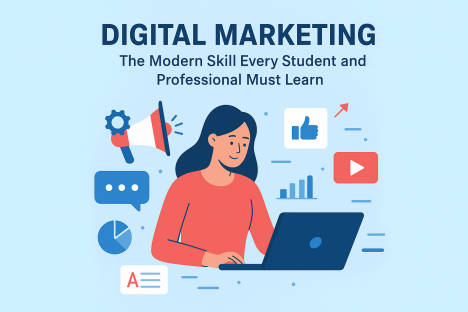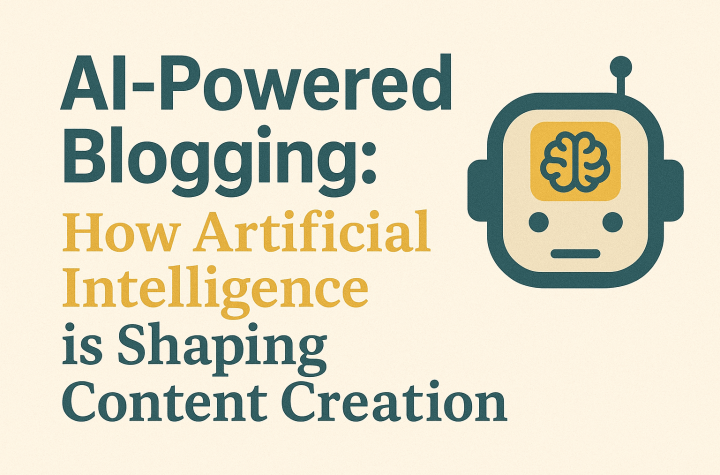
It’s tough to get people to trade their cozy sofa for anything, really. Here’s the truth: Your event can’t just be ‘nice’, it must be unmissable. You need to tap into that fundamental human desire: the Fear of Missing Out (FOMO). When you connect with people on a deep, personal level, they don’t just show up; they bring friends, they talk about it, and they become your loyal, raving fans.
Sounds like a struggle? It is! But with a few simple, human-focused strategies, you can turn planning into a sold-out success. Let’s dive into how you can start filling those seats by focusing completely on the people who matter: your guests.
Case Study in Action: The Power of Digital Channels
Digital channels are revolutionizing event marketing, as demonstrated by three key case studies:
- Sanur Village Festival (Digital Advertising Power): Shifting ad spend to digital channels (internet and broadcast) proved significantly more effective than traditional media like print. Targeted digital ads (Google/Social) successfully captured audience interest, confirming digital’s power in selling the experience.
- JSC “Ukrzaliznytsia” (Digital Sales Efficiency): The railway company successfully digitized sales by implementing electronic distribution channels, social media, and mobile apps. This dramatically improved operational efficiency, streamlined communication, and enhanced demand tracking for tickets.
- Hospitality Tech Company (Creative Value and ROI): This company created a custom event app for a tradeshow, offering attendees real value (maps, discounts). The app achieved more than awareness, it secured a direct ROI when a major client, impressed by the technology, commissioned a re-branded version.
Strategy 1: Forget Features. Focus on Their Future
Throw out the old playbook: event marketing shouldn’t focus on product features or company revenue.
Your audience doesn’t care about your specs; they care about their future. The core job of any event is to quickly and clearly answer one question for attendees: “How will this profoundly change my life?”
Stop using data slides. Instead, invite real people to share authentic, life-changing stories—how they doubled their income, found a business partner, or solved a major problem thanks to your community. Humans are moved by humans, not statistics. This authentic connection is the key to turning an RSVP into a true investment of time and money.
Strategy 2: Stop Posting. Start Building a Social Media Fan Club.
If you are not using social media to build authentic, undeniable hype for your event, you are missing the easiest win.
Start promotion months early with a clear timeline, using a catchy, memorable hashtag (your Fan Club password!). Treat your event like a blockbuster movie: drop “trailers,” share behind-the-scenes snippets, and let the audience peek behind the curtain.
The goal is to create a community of insiders who already feel part of the story. Use compelling video content to build this emotional connection.
Pro-Tip: Once someone buys a ticket, invite them to share why they are coming. They become your most powerful ally, turning a simple ticket purchase into a viral moment.
Strategy 3: Event Marketing Works for Every Part of Your Life.
Don’t ever think that “event marketing” is only for big corporate conferences. Every important gathering is subject to the same powerful promotional principles.
For business, we emphasize what visitors will gain (like career growth or new skills). For personal celebrations, the focus is softer, it’s all about creating lasting, shareable memories.
For example, why is a photo booth for wedding so popular? It’s pure marketing genius! It instantly creates a fun, tangible memory that guests happily post online, spreading the feeling that the event was special and guaranteeing your next big celebration has built-in digital buzz.
Strategy 4: Use Pricing to Spark Instant Commitment.
Creating urgency in pre-sales is a massive success strategy because people fear missing a valuable opportunity.
Implement a simple, three-step pricing ladder:
- Early Bird: Lowest price, strictly limited, rewarding early fans.
- Standard Price: Regular price for the main period.
- Last-Minute: A slightly higher price for late sign-ups.
This setup lets you constantly advertise deadlines, triggering scarcity and boosting sign-ups fast.
Digital Insight: Use Email Retargeting for “near-buyers”, those who visited but didn’t pay. Send them a personalized reminder emphasizing the deadline or the coming price jump. Follow-up turns tentative interest into conversion.
Strategy 5: Your Marketing Job Isn’t Over When the Lights Go Down
The biggest mistake is stopping promotion when the event ends. A successful event lives on through post-event engagement.
Immediately:
● Send a personal thank you note or a digital “best moments” recap to reinforce the experience.
● Encourage sharing by providing easy access to photo/video galleries and a space for attendees to upload their own content.
● Cultivate future desire by sharing exciting content (photos, testimonials) with those who missed it, building anticipation for the next gathering.
Digital Insight: Use UTM Parameters—small codes added to links—to measure your success. This allows tools like Google Analytics to track exactly which channel (e.g., Facebook Ad, email) drove each sign-up, providing critical intelligence for future optimization.
To Sum It Up
Stop fighting the fear of missing out (FOMO) and start creating it! The simplest secret to effective event marketing is to focus on the human story and the unforgettable experience, not the budget spreadsheet.
Ready to fill your next room? Start building your Fan Club on social media today!




More Stories
How Organic Visibility Helps Startups Compete with Established Brands?
Digital Marketing: Modern Skill Every Student and Professional Must Learn
AI-Powered Blogging: How Artificial Intelligence is Shaping Content Creation